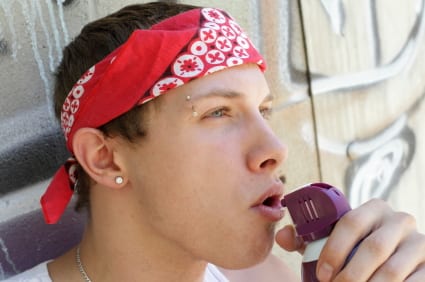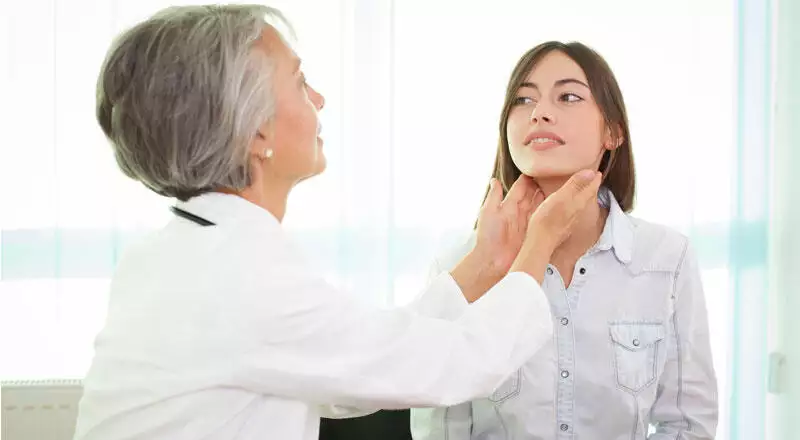 I get a text in the middle of the school day from my 15 year old daughter’s friend, which immediately gets my attention and raises some level of concern: She simply states “a boy in her class is sniffing white out”. Yes reader, you read correctly, sniffing white out — and in class to boot. This alarmed her enough to reach out to me. She texted me that she was angry at the boy for doing it. Next text was that she was worried he was going to hurt himself, she knew that it was attention seeking behavior – which could have a tragic consequence, and she was amazed how teachers are so unaware of what is going on right under their noses. I asked her if she would report it, and she said no.
I get a text in the middle of the school day from my 15 year old daughter’s friend, which immediately gets my attention and raises some level of concern: She simply states “a boy in her class is sniffing white out”. Yes reader, you read correctly, sniffing white out — and in class to boot. This alarmed her enough to reach out to me. She texted me that she was angry at the boy for doing it. Next text was that she was worried he was going to hurt himself, she knew that it was attention seeking behavior – which could have a tragic consequence, and she was amazed how teachers are so unaware of what is going on right under their noses. I asked her if she would report it, and she said no.
The ultimate issue once again always comes down to reporting. She does not want to be considered a snitch. The main reason why kids don’t seek our help when it comes to issues of safety, bullying, drug use, abuse, drunk driving, etc. But she also understands that if this kid was “stupid” enough (her words) to be doing this in front of everyone in class, then what is he doing behind closed doors?
This brought up many issues for both of us. Now that she has let me know – reported (this is not tattling), I am literally left holding the bag. Do I contact the parent? Does this girl assertively confront the boy? Do we inform the school? I spoke with her and her mom and explained that if it was her having done the sniffing and someone else’s parent became aware, then I would want them to tell me. They could possibly be saving your life. She suggested I write a blog about teens, communication and sniffing/huffing.
Thoughts race back to my friend Sandy. Her beautiful high school daughter died in the “safety” of her bedroom after huffing paint thinner. Sandy was distraught and in despair. She had no idea about her daughter’s use nor was she familiar with this type of “high” that so many teenagers today are dying of.
We don’t read about it in the paper, and many parents are fearful that if we tell them about the concept of huffing, we might be giving kids suggestions and “putting the idea in their heads.” But think of it along the lines of smoking prevention. Kids today are inundated with antismoking campaigns and antidrug campaigns as young as kindergarten. It is not unusual for sniffing abuse to start as early as 7 years of age. Once again, it falls on parents to be educated, informed and then to have the many conversations we need to have with our children. There is no 100% guarantee that we can protect our children from these dangers — the choices are theirs. But we as parents need to be confident that we are doing whatever is in our power to raise thinking, aware, confident kids who understand the consequences of the choices they make, positive and negative, every day.
So parents – here is some basic info about huffing and sniffing from an article from the Sacramento County Sheriff: “Inhalant abuse can kill. And if it doesn't kill you, it can leave you with severe brain damage or severe respiratory problems. There's no fooling around — even a first-time user can end up dead after "sniffing" or "huffing" inhalants.
Everyday products like glue, paint, lighter fluid, fingernail polish, permanent markers, Whiteout®, deodorants, and anything in an aerosol can are sniffed to get a rapid and dangerous high. While this type of substance abuse may seem harmless because the products are not legally classified as drugs, they are deadly chemicals and poisons. An inhalant "high" may give the feeling of well-being and reduce inhibitions, much like the effects of alcohol and other sedatives. Higher doses produce laughter and giddiness, feelings of floating, time and space distortions, and hallucinations. But the reality is inhalant abuse has serious short and long-term side effects.
What Are Some Signs of Inhalant Abuse?
Inhalant abusers may show all or some of these symptoms:
• unusual breath odor or chemical odor on clothing
• slurred or slowed speech
• a general drunken appearance
• paint or other products on the face or fingers
• red or runny eyes or nose
• spots or sores around the mouth
• nausea and/or loss of appetite.”
So have I solved my dilemma about reaching out to the parent’s of the kid sniffing white out?
Writing this blog has been a helpful process. Perhaps this way we can raise many parents’ awareness. What would you do as a parent of a teen? Parents, KidSafe is all about communication – so don’t be afraid to open the conversation – we can promise you that your children know about this issue – do your research and give them the facts. Scare them if you have to. This is a real danger, common items in everyone’s home. I am going to sit my daughter, her friends and my 11-year-old son down and educate them even more fully about huffing and the dangers.
I am also going to send this blog to the parents of this child and offer some resources to get help. Then, the ball is in their court – and hopefully, they will catch it.
For more info about huffing: www.sacsheriff.com
To ask KidSafe to explore a safety issue on your mind write to us at: info@kidsafefoundation.org or visit us at www.kidsafefoundation.org





